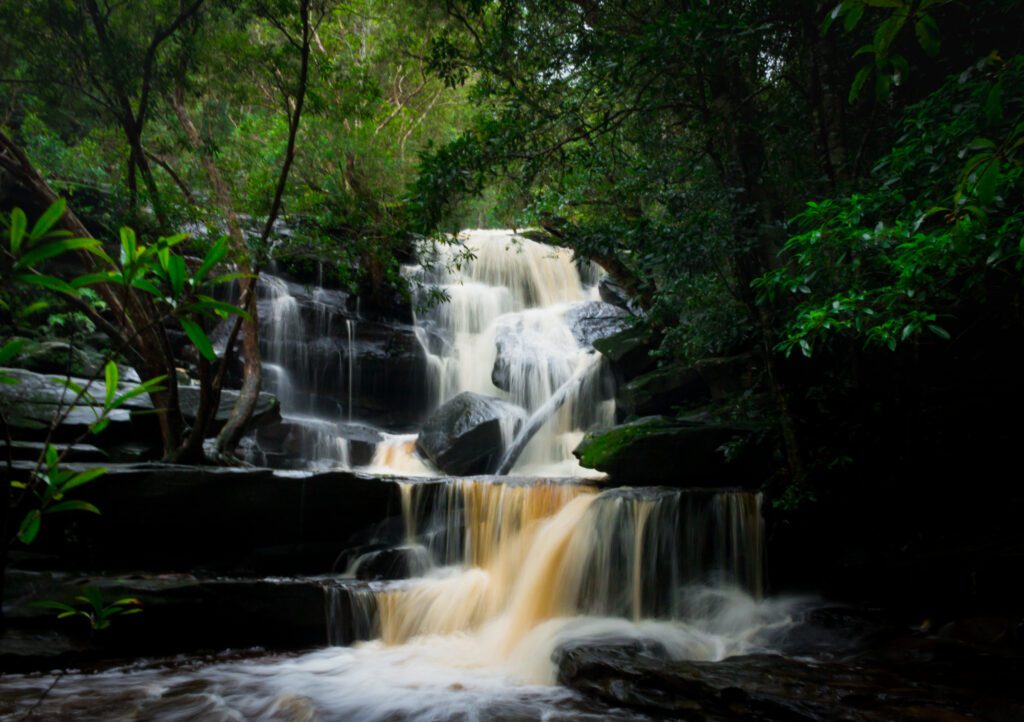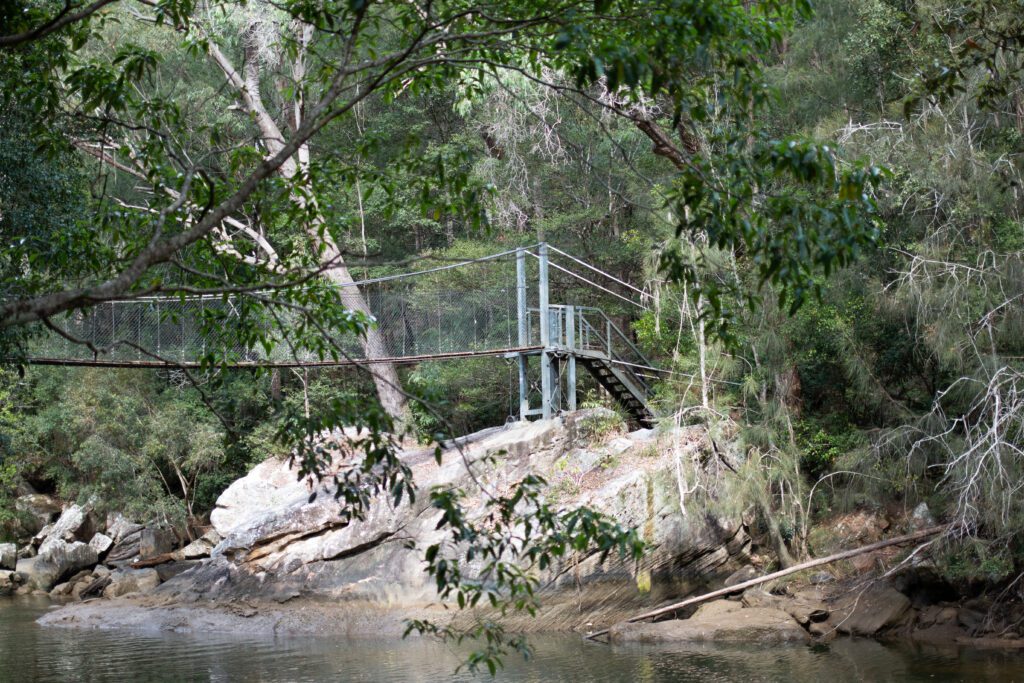If you’re new here, welcome! If not, welcome back! We’re guessing if you’re here on this page you’re new to hiking, or looking for some tips on how to stay safe while hiking and how to make the most of your time in the Australian bush. If you’re looking for some tips for new hikers, you’re in the right spot. And if you’re not make sure you check out our tips for the Warrumbungle National Park.
The Australian bush is a harsh, hostile and unforgivable environment, and if you plan on hiking or exploring in it, you need to be well prepared. We have created this blog post for anyone new to heading out into the great outdoors, to help you be prepared.
First Things First
Every time you go hiking remember to pack the following:
- First Aid Kit – We recommend this emergency first aid kit as it is designed for travel and can easily be placed in your day pack.
- Water – For obvious reasons.
- An offline map – not everywhere has access to the internet and you need to be prepared.
- Snacks – for extra energy.
- Camera – so you can capture some memories.
- Multi tool – So you’re prepared for anything.

Finding Hikes
Not to toot our own horn, but we have some great hikes available for free here! We offer tips for new hikers and experienced ones alike and everything else you need for the trail as well as comprehensive instructions for the hike.
However, if you’re looking at heading somewhere we haven’t been, we recommend NSW National Parks as your first point of call. They have a list of all of the main hikes in the national parks and provide safety information, such as closures, baiting and anything else which might affect your hike. On top of this look for local bloggers in the area which you are planning on hiking, they usually provide the best information and are generally locals.
Lastly, download the ‘wild walks’ or ‘alltrails’ apps. These are user-generated apps providing hikes in the area. You can filter by grade and what you’d like to see. But more importantly, you can see reviews on the hike to help you make informed decisions. These tips are important for new hikers. You’ll find there are usually handy hints and tips in the comments from past hikers which will make your hike easier.
Always start small. Hiking is vigorous exercise and it’s easy to forget that it’s much more than just walking. Start small, gauge your fitness and branch out from there.
The Gear
Day packs
Day packs are something pretty unique. Personally, we use Caribee tactical packs. We do this because there is room for a bladder and everything else we need. However, your personal style and needs come into play here. A little tip is to join the Anacondas Club (it’s free) and wait for their sales. You can easily save $30-$40 on your pack by doing this.
Inside the pack is a different story. Whilst we include a lot of vlogging equipment in our packs, there are also necessities you need to pack such as sunscreen, water, a first aid kit etc.
We have put together this list of items that should go into your pack every time.
Boots
When it comes to hiking, the most important piece of gear is your boots. It’s important to note that expensive doesn’t always mean the best. Your best bet to find footwear is to head to Anaconda or Kathmandu and try on what they have on display. There are countless options, but there are 2 things you need to keep in mind. Traction and fit.
When it comes to traction, the more you have on the sole of the foot the better. Your boot needs to be able to withstand loose gravel, dusty terrain and wet rocks so you need to keep that in mind. The fit is just as important. Generally speaking, you’ll probably need a larger size of a boot than your regular shoe. If you end up getting the wrong size you’ll get blistering, and honestly, you’ll hate every second of hiking.
Expense is something to take into mind. For a good pair of boots, you could be looking at close to $500. With this being said, cheaper boots are often just as good, and honestly, until we upgraded we were wearing $30 Kmart boots before we decided that spending the money was worth it. These boots took us over 100 km before we needed to upgrade the inserts. And we kept them as our backup boots. So this goes to show that the most expensive boots aren’t necessarily the best.

Food & water
We cannot stress this enough. Pack more water than you think you’ll need. It is hot, and hiking is hard work. If you get lost or spend longer out than expected that water will be incredibly important. If you think one bottle of water will be fine, pack two just to be safe.
As for food. Always pack some small snacks, fruit is a great option and so are muesli bars. Both are packable and lightweight. It’s important to remember that you are exercising and if you are hiking for hours you need to replenish your energy. So you want to pack high-calorie foods which are light in weight. Nuts, protein bars, trail mix and muesli bars are excellent options. Also, remember, it’s better to pack too much than too little.
Tips to stay safe

- One of the first things you need to do if you’re heading out hiking particularly hiking alone is check in with somebody. It might sound obvious, but it is easily missed. Make sure you tell somebody where you are going and how long you plan on going. That way they can check in on you and make sure you’re okay. If the worst-case scenario happens, they also have a rough idea of where you could be.
- Register your intent to travel. If you’re hiking in NSW national park you should register your hike with the national park. This form will be submitted to your emergency contact who will then can share it with the police if you don’t return on time from your hike. It is important to register to make any rescue operation as seamless as possible, especially if you are hiking in remote areas. You can fill in the form here.
- Hire an emergency beacon. One thing most people don’t know is that in some National Parks in Australia, you can hire a personal emergency beacon for free. These beacons can be manually turned on during times of duress and allow emergency services to find your location through GPS. These are great if reception isn’t around. Generally, you can hire these at police stations or visitor centres. You can find a list here, which will show you where you can hire them.
- Download an emergency app. There is also an app called ’emergency plus’ which you can download that will help you accurately find your GPS location from your smartphone when talking to emergency services. You can find the app here.
- Carry a snake bite kit. Snakes are a common sight while hiking in Australia, and generally speaking, if you leave them alone they’ll leave you alone. However, sometimes things happen. So it is quintessential that you carry a snake bite kit or first aid kit every hike. Snake bite kits are generally smaller and more specialised to injuries that could happen in the Australian bush and also offer special smart bandages which are made for snake spider bites. We take this kit on every hike. It’s lightweight affordable and one of the best around. Plus it could also save your life. You can read more about the snake bit kit here.
Leave no trace
Our #1 tip for new hikers is leave no trace.
If you’re interested in starting hiking we’d bet that you have an interest in nature, so we cannot stress this enough. Take only pictures, and leave only footprints. Australia’s ecosystems are fragile, so it is important that you don’t disturb this.
To do this stay on the tracks (we know its tempting, but going off track will cause damage and encourage more people to do the same). You can also leave the track better than you found it. Cleaning up any litter on the track will improve the ecosystems which surround the track.
Ready to go?
Check out these easy hikes on the Central Coast to get started!
